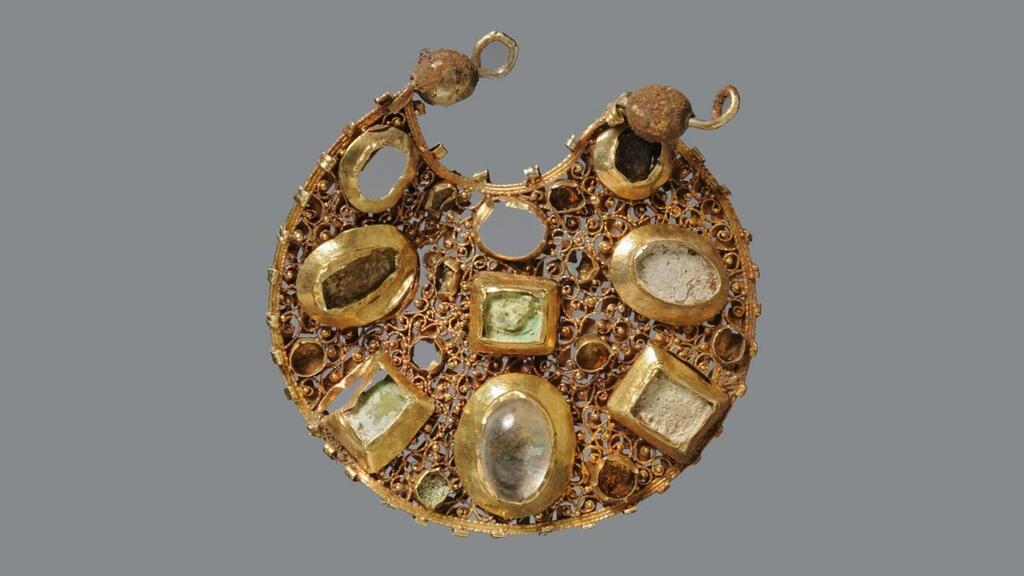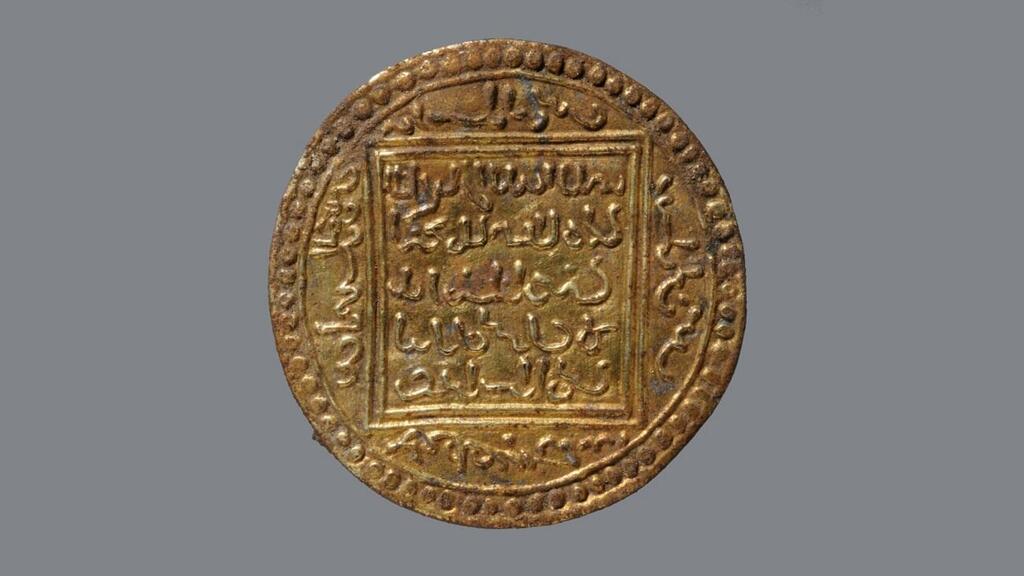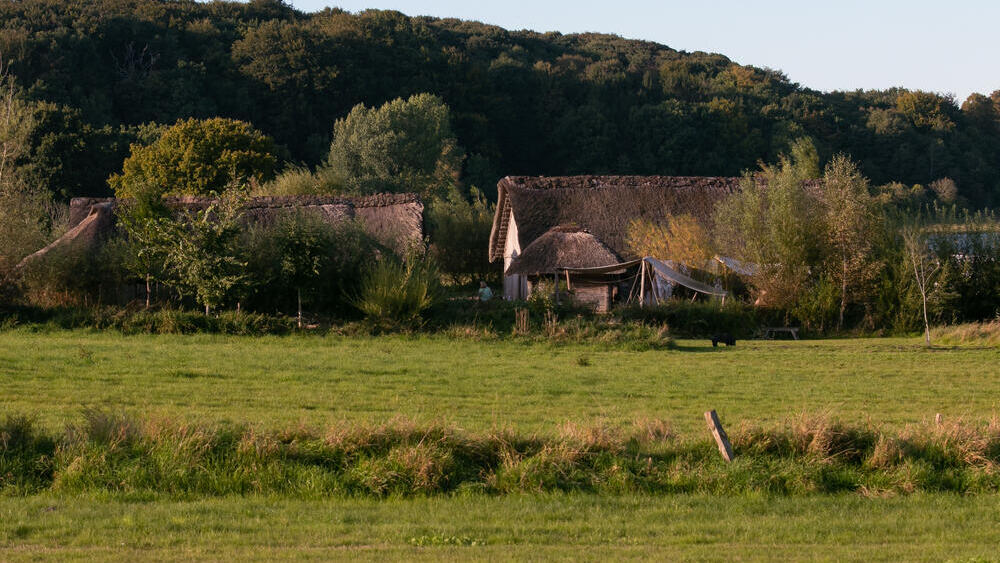Getting your Trinity Audio player ready...
An 800-year-old treasure trove was recently uncovered at a UNESCO World Heritage site in Germany and includes Byzantine gold earrings set with gemstones, an Islamic coin, and many other items.
"The hoard consisted of two very high-quality gold earrings set with semi-precious stones, a gilded pseudo-coin brooch, two gilded stone-studded finger rings, a ring fragment, a small formerly gilded perforated disc, a ring brooch, and about 30 silver coins, some of them heavily fragmented," Dr. Ulf Ickerodt, director of the Royal Archaeological Department of Schleswig-Holstein (ALSH) told Live Science.
For decades, amateur and professional archaeologists have worked together to explore the region of Schleswig-Holstein, and in particular Haithabu (also known as Hedeby) - a UNESCO World Heritage site - which was an important trading point for the Vikings.
The site thrived between the 8th and 11th centuries until it was destroyed in 1066, which is considered to be the end of the Viking era in Europe.
Surprisingly, the metal detector that discovered the trove did so while walking on a piece of land that had been thoroughly investigated in the past. The information was passed on to the ALSH and a team of archaeologists on its behalf uncovered the silver and gold objects, some of which were adorned with colorful gemstones.
The new find contained a replica of an Islamic coin - a gold dinar of al-Muwaḥḥidun - which was reassembled into a brooch.
The Almohad Caliphate was a Muslim dynasty founded in the Atlas Mountains now found in Morocco and ruled over southern Spain and northern Africa between the 12th and 13th centuries. 30 silver coins, minted during the reign of the Danish king Valdemar II, indicate that the treasure was buried sometime after 1234.
The combination of Danish coins and Western Mediterranean jewelry found in the area is particularly interesting and hints at the cosmopolitan nature of the region.
"Islamic coins were well known in southern Scandinavia between the 9th and 11th centuries,” numismatist Marjanko Pilekić told Live Science, who was not involved in this research.
According to him, it’s possible that these coins reached the area through long-distance trade connections, with locals passing a thread through a hole pierced in the body of the coins so that they could wear it as jewelry.
The Discovery of such a hoard is a rare event in Schleswig-Holstein, and it isn’t yet known whether its contents were personal property, stolen items, or whether they were buried for ritualistic reasons in a site, that was abandoned long after the destruction that occurred in the mid-11th century.
"Schleswig-Holstein began to develop as a settlement and trade center. An extensive north-south and east-west trade network developed here since the early Middle Ages, in which the Mediterranean region, the North Sea, and the Baltic Sea were integrated. The hoard was certainly not put down by chance." Dr. Ickerodt explained.




